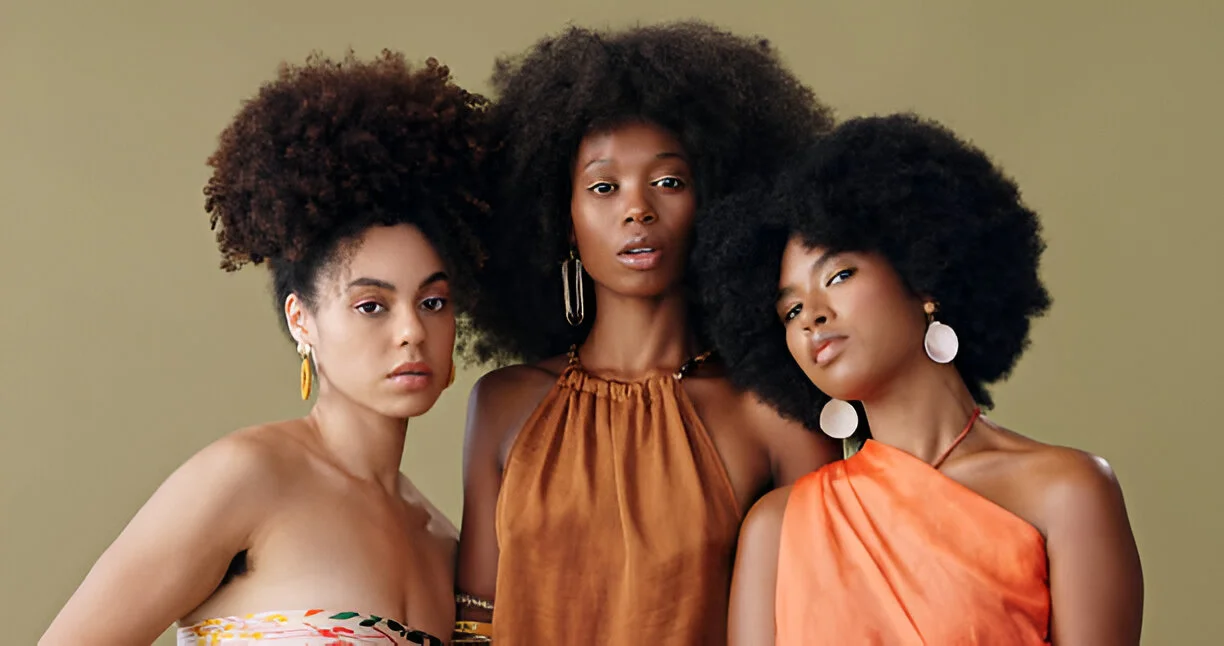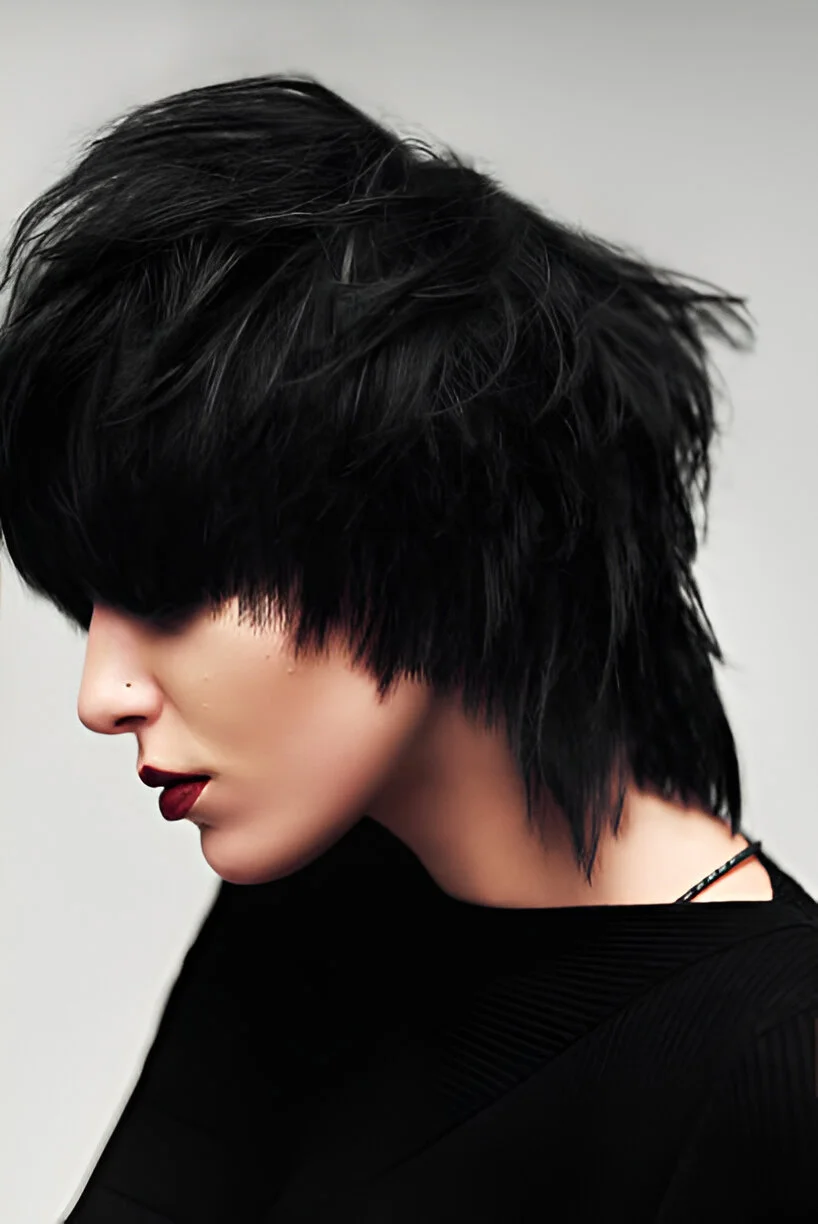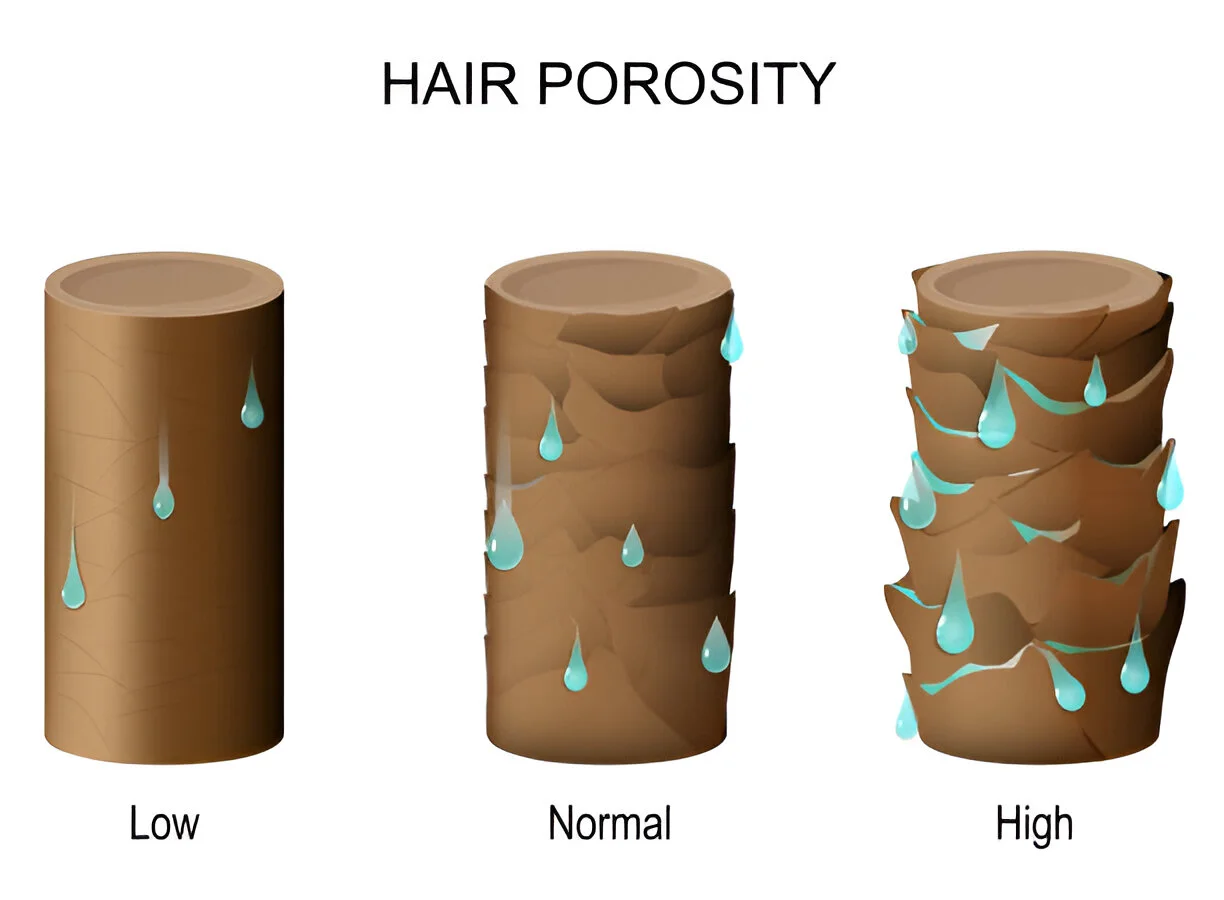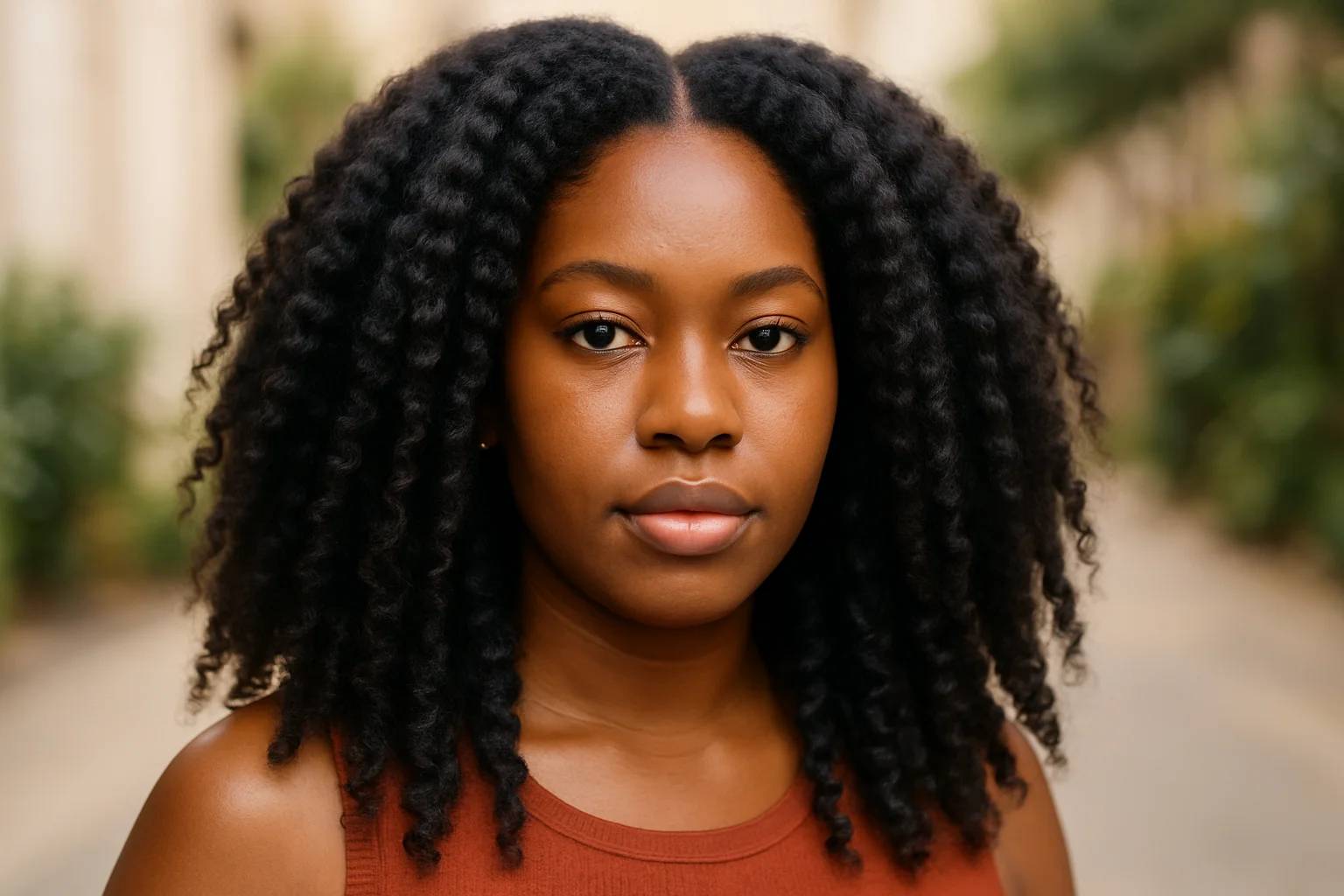Embracing the Kinky Hair Movement
The kinky hair movement represents far more than a simple hairstyle choice—it’s a powerful declaration of self-love, cultural pride, and authentic beauty. As millions of women worldwide embrace their natural textures, ditching chemical relaxers for their God-given curls and coils, we’re witnessing a revolutionary shift in how society perceives and celebrates natural hair.
The natural hair community has experienced explosive growth, with women sharing their journeys, struggles, and triumphs online. However, this journey often comes with confusion, endless trial-and-error, and frustration as naturals navigate the complex world of kinky hair care. This comprehensive guide promises to cut through the noise, providing you with actionable steps and addressing key concerns for healthier, more manageable kinky hair.

You’ll discover how to understand your unique hair beyond traditional typing systems, develop effective care routines, select the right products, and debunk persistent myths that may be hindering your hair’s potential. Let’s embark on this journey to unlock the secrets of your natural crown.
Understanding Your Kinky Crown: Beyond Hair Typing
The Nuance of Kinky Hair (4A-4C)
Kinky hair is characterized by its tightly coiled structure and often dense appearance, primarily falling within the 4A to 4C categories of the hair typing system. This hair type displays remarkable diversity in curl patterns, density, and texture characteristics.
4A hair features defined S-shaped curls with good moisture retention capabilities. The curl pattern is visible and well-formed, making it relatively easier to manage compared to other kinky hair types.
4B hair exhibits a distinctive zigzag pattern with less defined curls, denser texture, and increased shrinkage potential. This hair type requires more attention to moisture and gentle handling.
4C hair showcases very tight curls and coils with minimal definition, representing the most fragile kinky hair type with significant shrinkage capabilities. Despite its delicate nature, 4C hair possesses incredible styling versatility.
The beauty of kinky hair lies in its remarkable versatility, offering countless styling possibilities from voluminous afros to intricate braids, protective styles, and everything in between.
Why “Hair Typing” Can Be Limiting
The traditional hair typing system, while useful as a starting point, can be surprisingly limiting and subjective. Many natural hair experts argue that rigid categorization can lead to arguments, misidentification, and unnecessary comparisons within the community.
Instead of focusing solely on curl pattern, consider these more objective and useful metrics:
Density refers to how many hair strands you have per square inch of scalp. To determine your density, part your hair and observe how much scalp is visible.
Thickness describes the width of individual hair strands. Roll a strand between your fingers—fine hair feels smooth, while thick hair feels more substantial.
Porosity indicates how well your hair absorbs and retains moisture. Perform a simple water test: place a clean strand in water and observe whether it sinks (high porosity) or floats (low porosity).
These characteristics provide more actionable insights for developing personalized care routines than curl pattern alone.
Debunking Common Kinky Hair Myths & Misconceptions
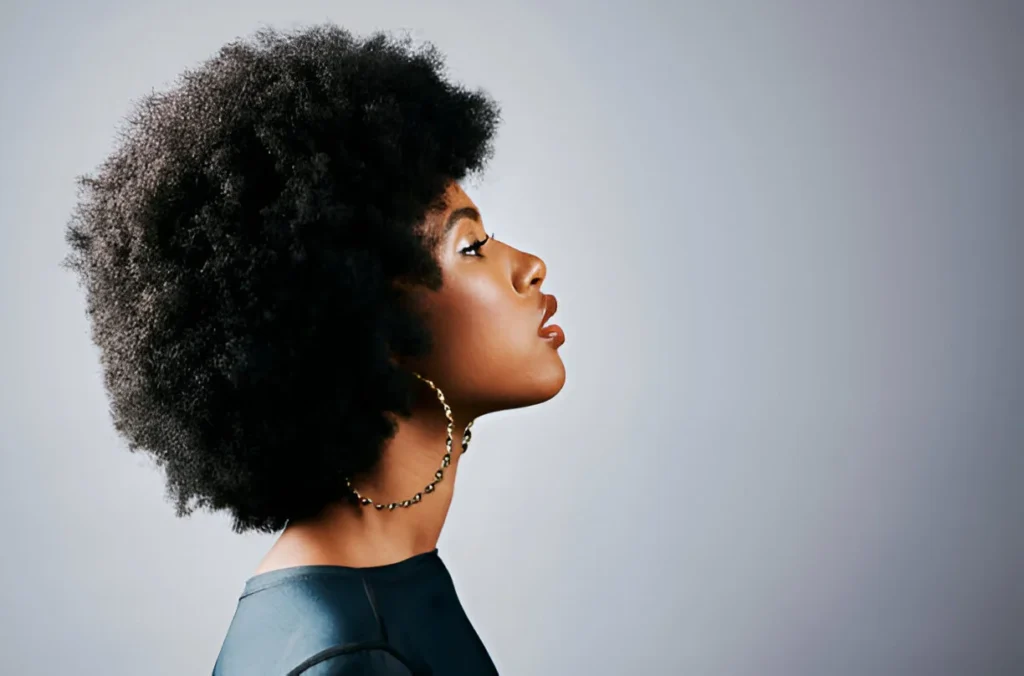
The “One-Size-Fits-All” Trap
The most dangerous myth in kinky hair care is the belief that one routine works for everyone. Your hair is as unique as your fingerprint, and what works for your favorite natural hair influencer may not work for you.
Myth 1: The Obsession with Length Checks
Many naturals become fixated on rigid length checks, leading to frustration and unhealthy focus on growth over health. Instead of constant measuring, prioritize thick, healthy hair. Proper care naturally leads to length retention, but healthy hair should always be the primary goal.
Monitor progress through health indicators like fewer split ends, increased elasticity, and improved moisture retention rather than obsessing over measurements.
Myth 2: Detangling Only with Combs and Brushes
While wide-tooth combs and Denman brushes are common tools, finger detangling often proves superior for kinky hair. This method allows you to detect knots without excessive pulling, significantly reducing breakage risk.
When using tools, always start from the ends and work upward on damp, conditioned hair to minimize damage. Never detangle dry kinky hair, as this can cause severe breakage.
Myth 3: (Bi)Weekly Wash Days for Everyone
Wash frequency is highly personal, depending on scalp oiliness, product usage, and lifestyle factors like exercise frequency. Some people need weekly washes, while others thrive with bi-weekly or even monthly cleansing.
Focus on scalp health between washes using gentle scalp massages with light oils. Avoid over-washing, which can lead to hygral fatigue and strand stress.
Myth 4: Needing a “Hair Twin” or “Hair Crush”
The search for hair twins often leads to unrealistic expectations and contributes to harmful hair hierarchies within the natural hair community. Instead of coveting someone else’s hair, become your own hair crush by learning your hair’s unique preferences and celebrating its individual beauty.
Use others’ journeys as inspiration for care techniques rather than standards for comparison.
Your Optimized Kinky Hair Care Routine: Hydration & Nutrition as Core
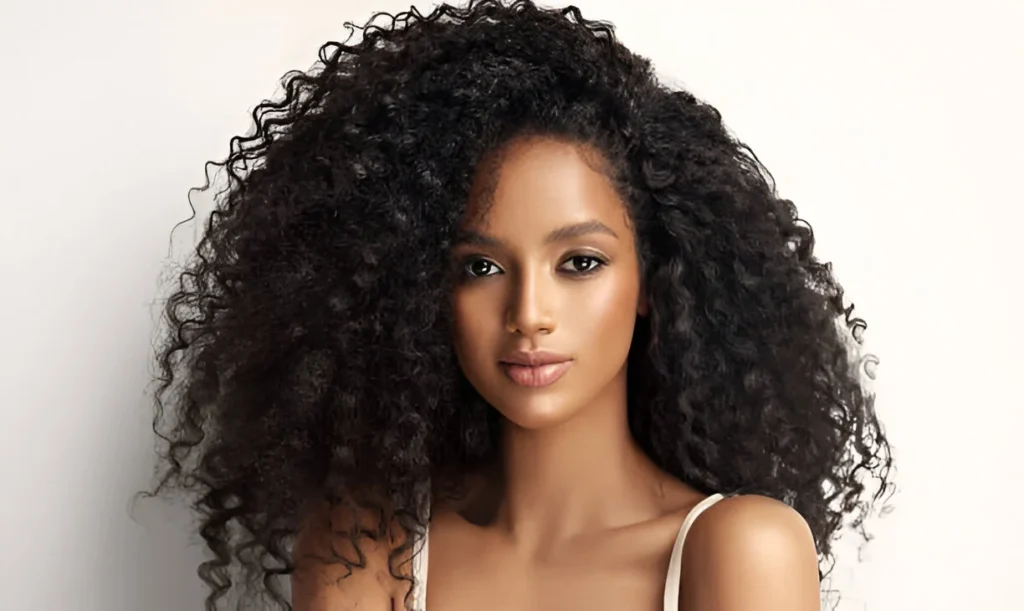
The Essential Duo: Hydration vs. Nutrition
Understanding the difference between hydration and nutrition is crucial for kinky hair care success. Hydration involves water-based moisture that provides flexibility and suppleness, while nutrition comes from oils and butters that strengthen hair fibers and prevent breakage.
Kinky hair’s unique structure makes it prone to dryness and breakage, requiring both hydration and nutrition for optimal health.
Step-by-Step Optimized Regimen
1. Pre-Poo Treatment (Optional but Recommended) Apply oils like coconut or olive oil before shampooing to prevent hygral fatigue and protect strands from harsh cleansing agents.
2. Gentle Cleansing Use sulfate-free shampoos to avoid stripping natural oils. Wash every 1-2 weeks or as needed, focusing on scalp cleanliness rather than hair length.
3. Deep Conditioning for Strength & Moisture Implement bi-weekly deep conditioning treatments using intensive repair masks to maintain moisture and strengthen hair structure.
4. Moisturizing and Sealing (LOC/LCO Method)
- Liquid/Leave-in: Apply leave-in conditioners or hydrating sprays for daily moisture
- Oil: Seal in moisture with oils like jojoba or argan oil
- Cream/Butter: Add extra moisture and styling hold with natural butters
5. Gentle Detangling Techniques Always finger detangle first, then use wide-tooth combs on damp, conditioned hair, starting from the ends and working upward.
6. Protective Styling Incorporate protective styles like braids, twists, buns, or updos to prevent damage, reduce manipulation, and promote length retention. Ensure styles aren’t too tight to avoid tension alopecia.
7. Avoiding Heat Damage Limit heat styling and always use heat protectants when necessary. Embrace heatless styling methods for healthier hair.
8. Nighttime Protection Use silk caps or pillowcases to protect hair from friction and moisture loss while sleeping.
Navigating the Kinky Hair Product Landscape
Beyond the Hype: What to Look For
Modern consumers prioritize authenticity, durability, and compatibility with natural curl patterns. Focus on products that offer:
- Chemical-free formulations
- Ethical and sustainable sourcing
- Longevity and value
- Compatibility with your specific hair needs
Key Product Categories & Recommendations
Shampoos: Choose sulfate-free options like SheaMoisture Curl and Shine Shampoo or Mielle Organics Babassu Oil Conditioning Shampoo.
Conditioners: Invest in quality leave-in conditioners and deep treatments such as TGIN Honey Miracle Hair Mask or Aunt Jackie’s Quench Moisture Intensive Leave-In.
Oils & Serums: Use natural oils like jojoba and argan oil for moisture sealing and shine enhancement.
Styling Products: Select curl-defining products like Eco Styler Gel or SheaMoisture Curl Enhancing Smoothie for frizz control and definition.
Remember that product reactions vary among individuals, so what works for others may not work for you. Research ingredients and patch test new products before full application.
Specific Needs: Products for Thin Curly Hair
For fine kinky hair, seek lightweight, breathable, and hypoallergenic options that won’t weigh down delicate strands while providing necessary moisture and protection.
The Future of Kinky Hair & Community
Market Growth & Opportunities
The kinky hair care market has experienced tremendous growth, reaching $9.7 billion in 2021 with projections of $15.6 billion by 2031. This expansion reflects increased awareness, cultural shifts, and growing demand for organic, natural products.
Emerging trends include expanded male kinky hair care options and increased focus on sustainable, environmentally conscious products.
Building Trust & Finding Your Tribe
Transparency from brands regarding processing, return policies, and ingredient sourcing builds consumer trust. Authentic partnerships with micro-influencers and professional stylists provide honest, educational content that serves the community better than polished marketing campaigns.
The natural hair community, including blogs, stylists, and fellow naturals, serves as an invaluable resource for learning, support, and inspiration.
Celebrate Your Kinks!
Your kinky hair journey is unique, beautiful, and worth celebrating. By understanding your hair’s individual needs, prioritizing health over length, customizing your routine, and confidently navigating the product market, you’re equipped to embrace your natural crown fully.
Remember that self-love and confidence come from accepting and nurturing what you naturally possess. Your kinky hair is not a problem to be solved but a crown to be celebrated.
Continue learning, adapt your routines as needed, and most importantly, listen to your hair. It will tell you what it needs if you pay attention. Share your experiences, support fellow naturals, and celebrate the beautiful diversity within the kinky hair community.
Your natural hair is your crown—wear it with pride, love it unconditionally, and let it flourish in its authentic glory.
Frequently Asked Questions (FAQ)
What is the best way to moisturize kinky hair? The most effective approach combines the LOC/LCO method: apply a liquid leave-in conditioner, seal with natural oils, and finish with a cream or butter for added moisture and styling hold.
How often should I wash my kinky hair? Wash frequency depends on your scalp’s oil production, lifestyle, and product usage. Generally, every 1-2 weeks works well for most people with kinky hair, but listen to your scalp’s needs.
Is hair typing (4A, 4B, 4C) really necessary? While helpful as a starting point, hair typing can be limiting. Focus more on density, thickness, and porosity, which provide more actionable insights for care routines.
How can I prevent breakage in kinky hair? Prevent breakage through gentle handling, finger detangling, regular deep conditioning, protective styling, and avoiding excessive heat. Keep hair moisturized and handle it when damp.
What are the best protective styles for kinky hair? Excellent protective styles include braids, twists, buns, updos, and properly installed wigs or weaves. Ensure styles aren’t too tight to prevent tension alopecia.
Why is my kinky hair always so dry? Kinky hair’s structure makes it naturally prone to dryness. The tight curl pattern prevents natural oils from traveling down the hair shaft. Regular deep conditioning, proper sealing techniques, and gentle handling help maintain moisture.

